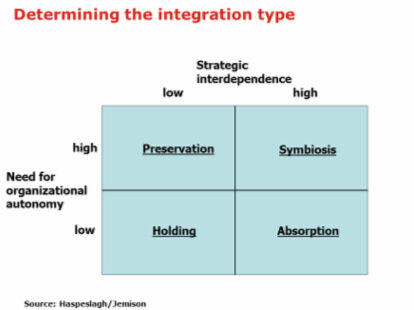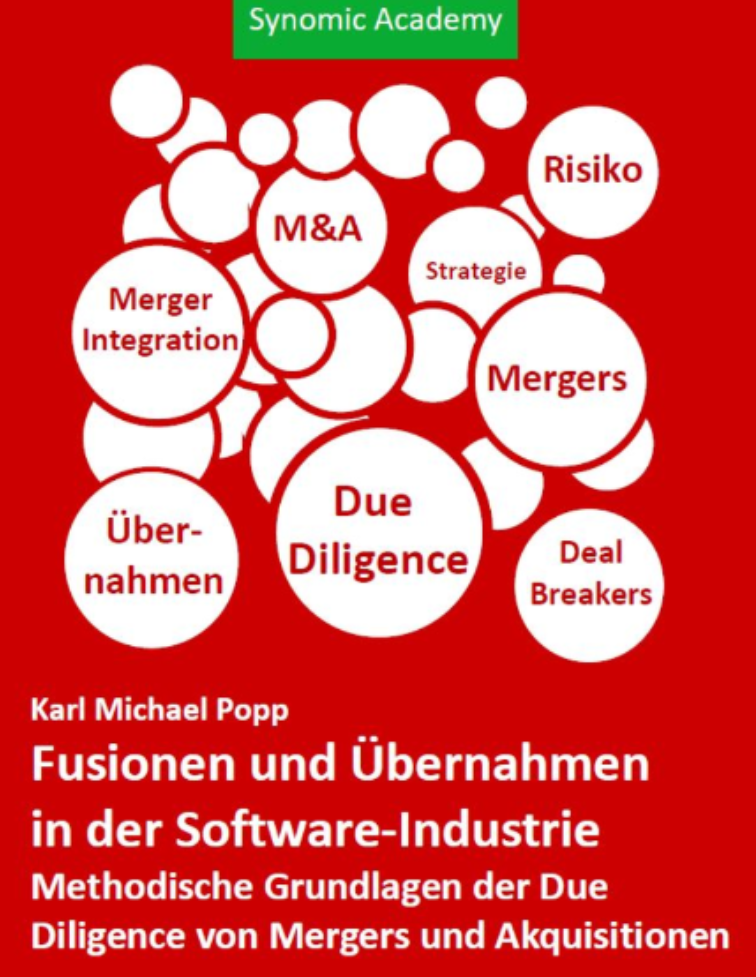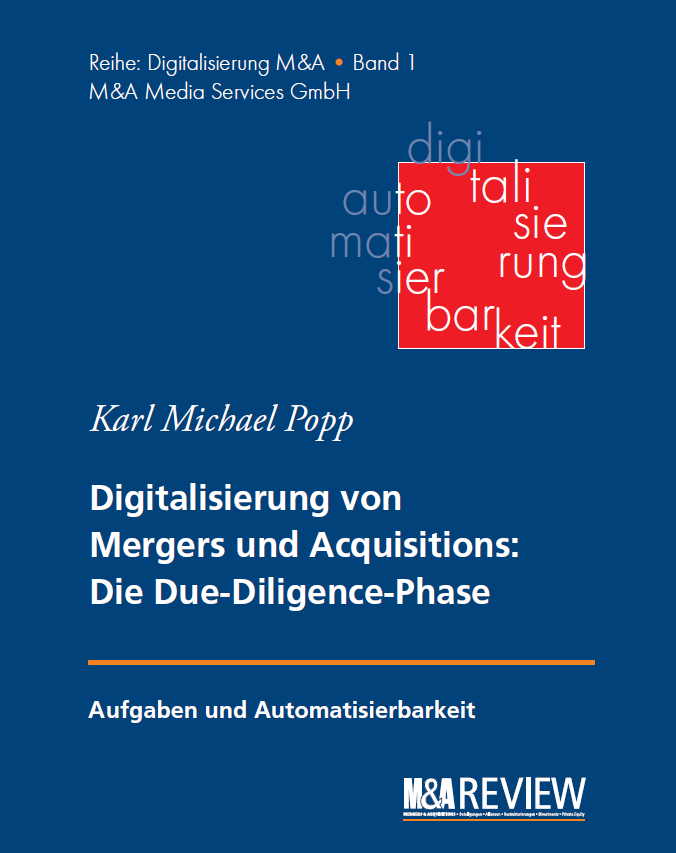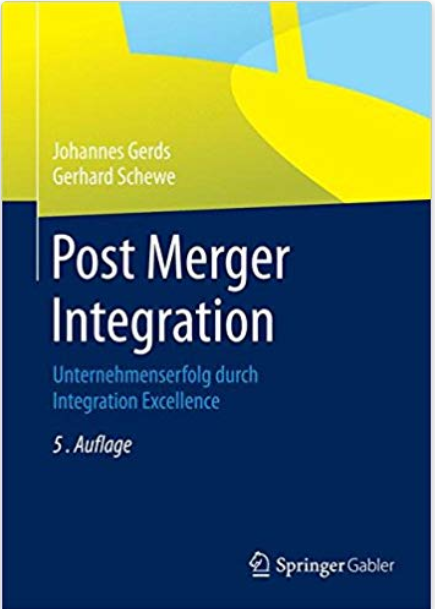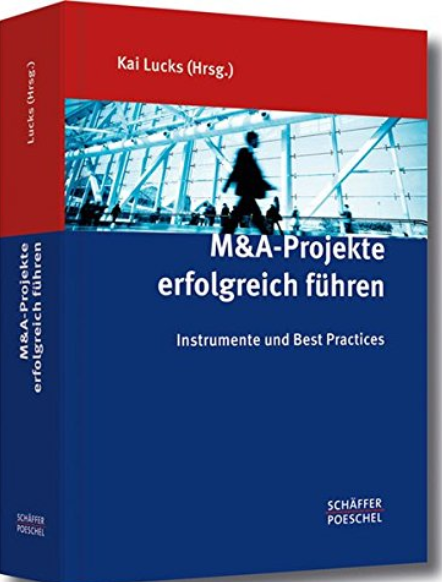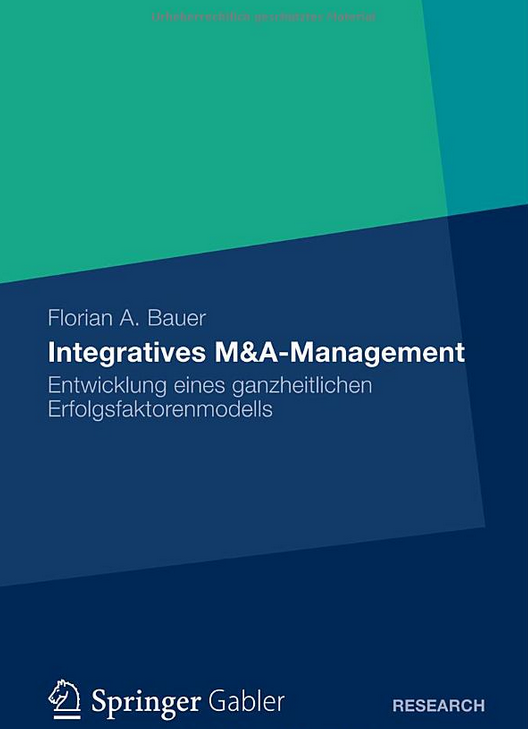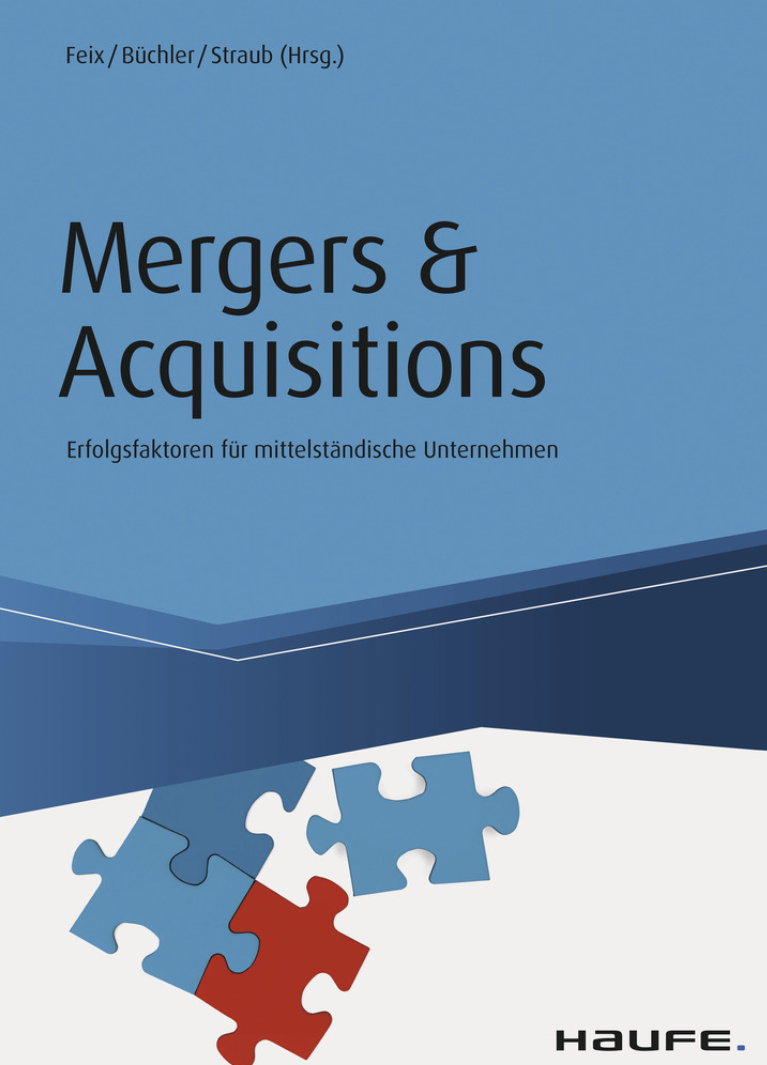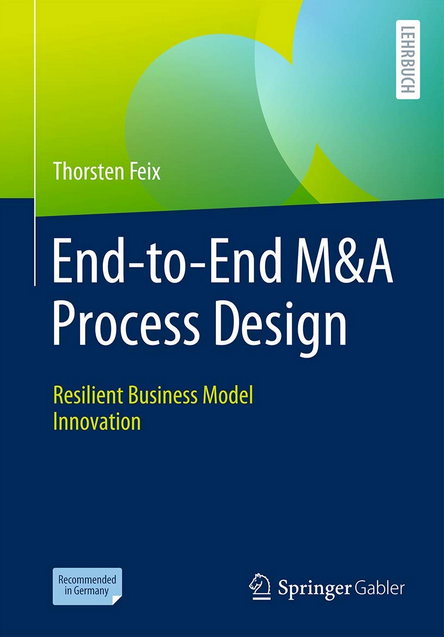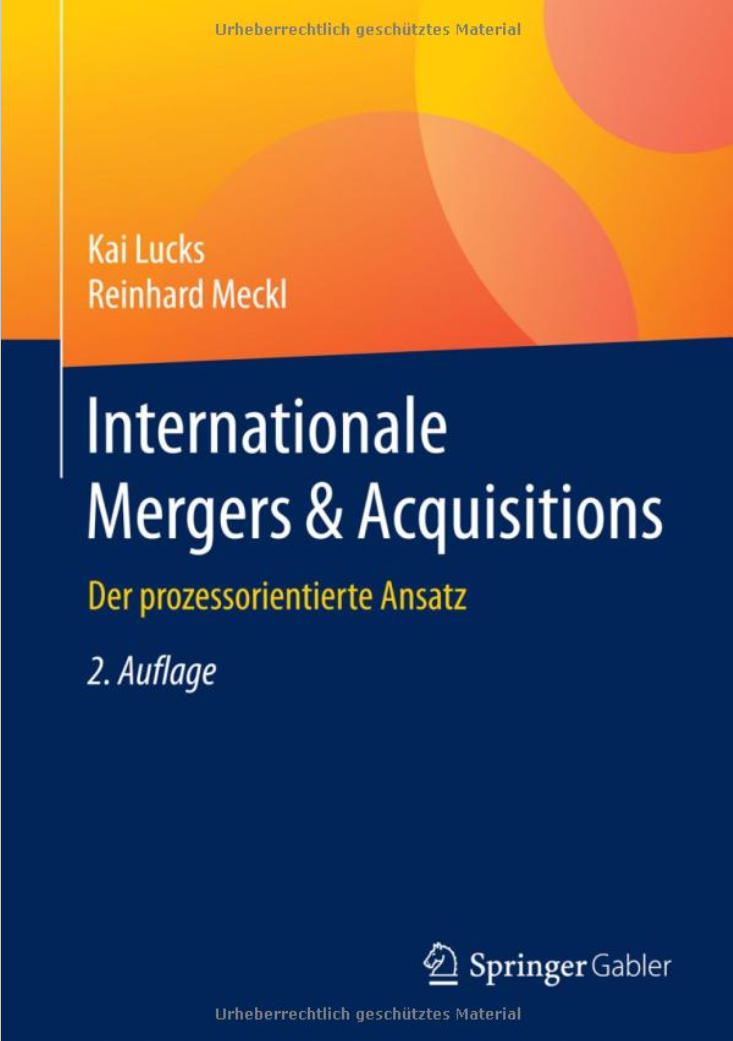Types of post merger integrations
Defining types of merger integration
Here, we delve into the crucial aspect of merger integration types that are instrumental in shaping the outcomes of the task linked to designing a fresh entity. The process of designing this new entity holds immense significance as it is imperative for aligning with and furthering the objectives of the overarching merger integration strategy. Let us now explore the various dimensions that make up the merger integration strategy, each playing a pivotal role in the success of the integration process.
Dimensions of merger integration strategy
The model of Haspeslagh/Jemison* offers two dimensions for determining the integration type: Strategic interdependence and Need for organizational autonomy.
Strategic interdependence refers to the interconnectedness between entities in creating value through the sharing of resources, transferring functional or management skills, and realizing benefits from synergistic combinations. It underscores the importance of collaborative efforts and interlinked operations in achieving mutual success and maximizing outcomes.
The need for organizational autonomy describes the reasoning behind leaving the targets or parts of the target organization autonomous. So you have to answer questions like
"Is autonomy preservation essential to reach acquisition goals and objectives?"
"How much autonomy should the target still have post integration?"
"What are the specific areas of autonomy of the target?"
Like my thoughts? READ MY NEW BOOK
ORDER AT AMAZON
ORDER IN GERMANY
The four Merger integration Types
In the high level model above, you end up with four generic types of post merger integration:Preservation: The targeted company is preserved in a way that allows it to remain autonomous. However, there may be a need for integration in financial reporting and processes to enhance overall efficiency.
Holding: In this scenario, the acquiring company maintains ownership of the target company without integrating its operations or processes, keeping them separate entities.
Symbiosis: This type of merger involves strategic integration aimed at achieving the shared objectives of the merger, selectively deciding where integration is necessary for optimal performance.
Absorption: Here, the acquiring company completely absorbs the target company, merging all aspects of the target's organization and processes into its own, ensuring full integration.
Choosing the right merger integration type
Based on the literature, the following heuristics help to choose the right integration type.
* Source: Haspeslagh, P.C., Jemison, D.B., Managing Acquisitions: Creating Value through Corporate Renewal, New York, 1991.
Like my thoughts? READ MY NEW BOOK
ORDER AT AMAZON
ORDER IN GERMANY
Find more background information in the following books:
More books in German
